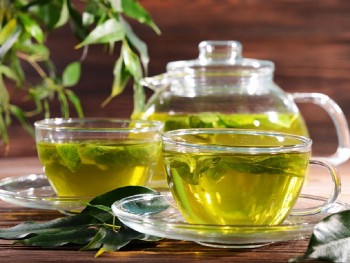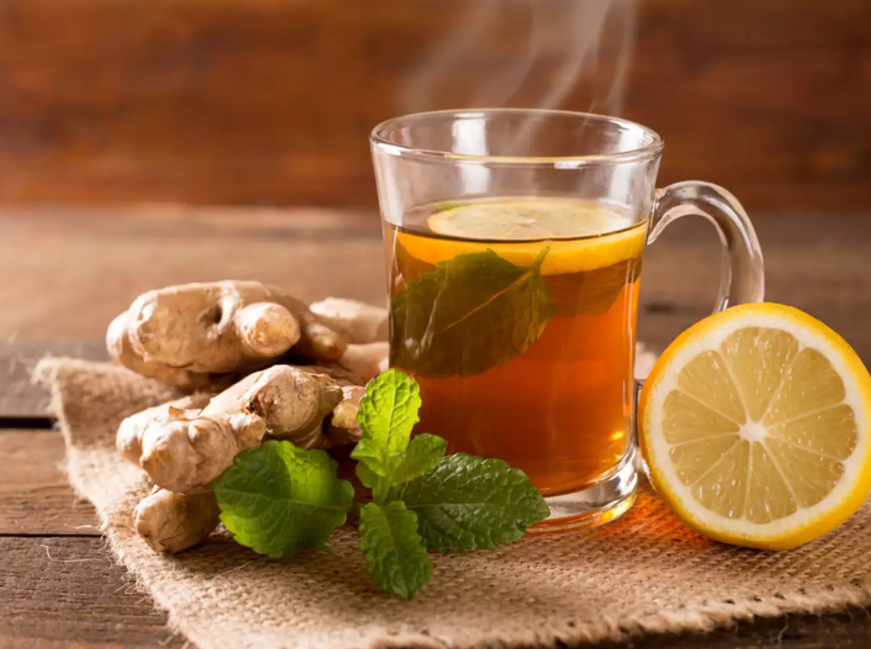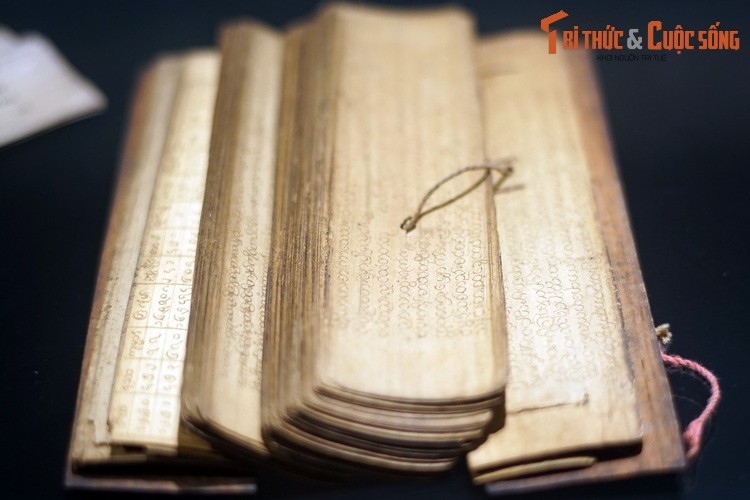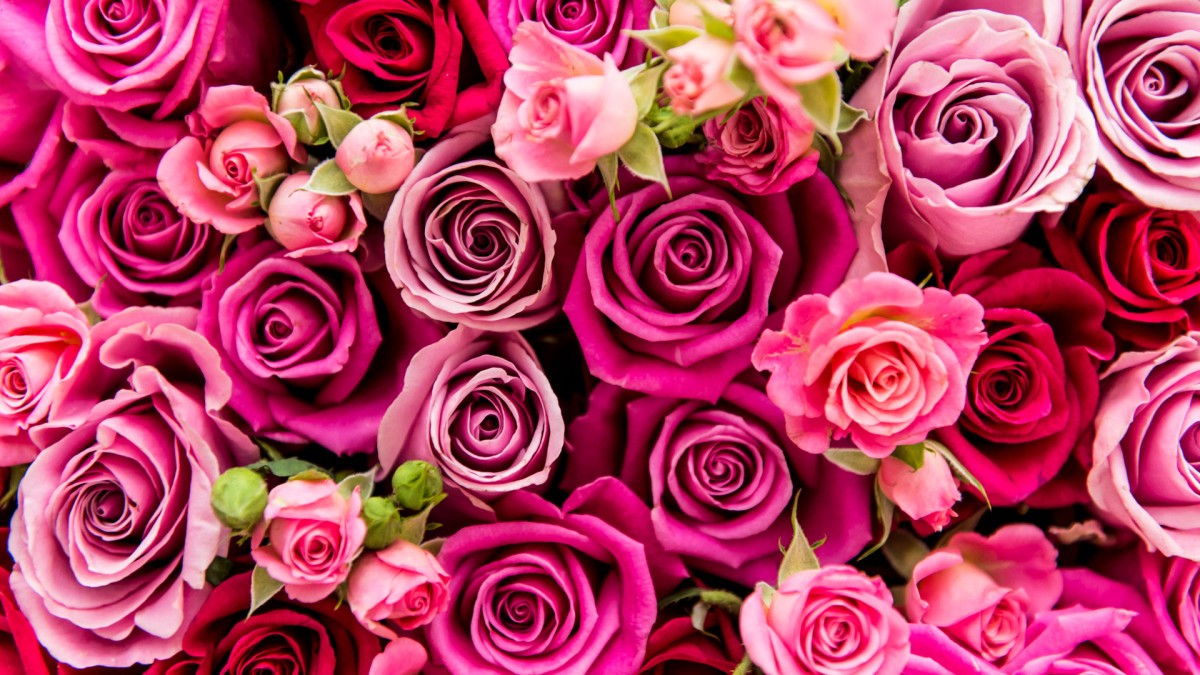The Curious History of Earl Grey - The "Soul" Tea of British People
| Vietnamese-Korean family Teach Children About Nature Through Camping | |
| History of Vietnamese tea: Discover Most Popular Tea Varieties in Vietnam | |
| How To Make Great Herbal Tea |
Earl Grey is a firm favorite among tea drinkers across the UK. The origin of this traditional blend is shrouded in legend, but its delicate, fresh flavor has withstood the test of time. Earl Grey is one of the most recognized flavors of tea in the world. So how did we all fall in love with this citrus and floral infused black tea? It is highly aromatic and the perfect accompaniment with afternoon tea!
What is Earl Grey?
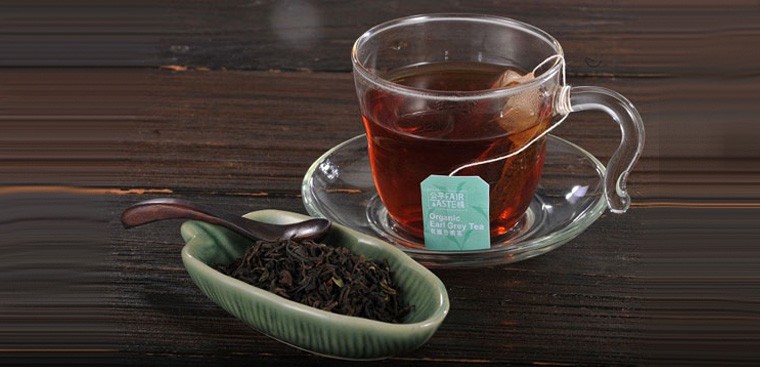 |
| Photo: Getty Images |
Earl Grey is a black tea scented with the oil from the rind of bergamot orange. Bergamot is a citrus tree most commonly found on the coast of Italy and southern France. The rinds’ fragrant oil is added to black tea to give Earl Grey its signature zesty punch.
Earl Grey tea falls into the category of flavored teas. Flavored teas include any type of tea, white, green, oolong, black that has been scented or flavored with fruit, flowers, spices, oils etc.
The history of Earl Grey — The everyday tea with an aristocratic heritage
The history of Earl Grey tea is colored with intrigue and romance, and several theories have been put forward about how it evolved into one of the world’s favorite brews.
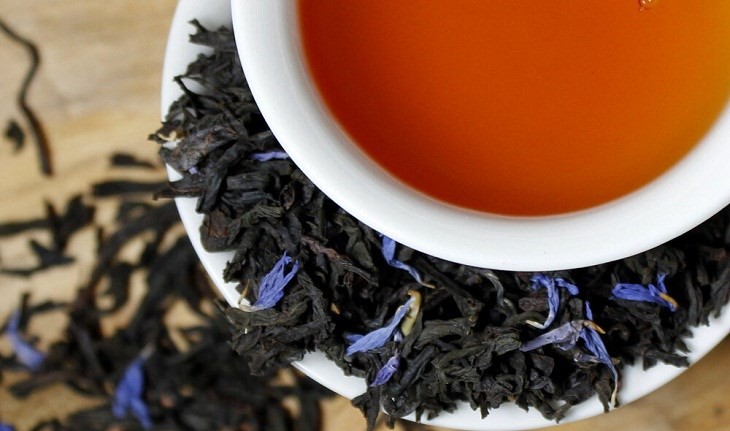 |
| Photo: Getty Images |
What we know for certain is Earl Grey tea was named after Charles Grey, the 2nd Earl of Grey, a Cambridge and Eton educated aristocrat who was elected to parliament at the age of twenty-two, and eventually served as Prime Minister of the United Kingdom from 1830 to 1834. But just how did Charles Grey come to have a tea named after him? This is where history gets a little murky.
Pop the kettle on, brew yourself a nice cup of Madura Earl Grey — let it steep for three minutes to achieve the perfect balance of body and taste — and by the time you’ve read the following top three theories, you’ll be ready to relax with the perfect pondering companion.
The first theory of how Charles Grey became associated with tea relates to one of the Earl’s staff saving the life of a Chinese man’s son. This man was a tea blender, and legend has it he created Earl Grey tea and presented it to Charles as a “Thank You” gift. However, as Charles Grey never set foot in China, this theory is a little wobbly, and historians believe it was more likely delivered by an envoy on his return from China.
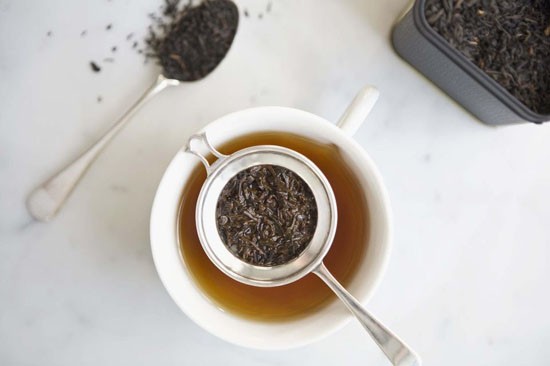 |
| Peden+Munk / Photolibrary / Getty Images |
Another theory suggests Earl Grey tea was crafted specifically to suit the water at the Earl’s Northumberland home. Apparently, the water contained such a high mineral content that it required a tea that complimented its taste, rather than clash with it, and the citrus taste of bergamot delivered the winning combination.
According to a third theory, the creation of Earl Grey tea was simply a happy accident! Apparently, when a shipment of black tea leaves and bergamot oranges were shipped together from diplomats in China as a gift to the Earl, the citrus flavor was absorbed by the tea, resulting in the much-loved Early Grey blend.
Several other theories abound as to Earl Grey’s true origin, but one thing historians agree on is that of them all, one of the top three is the most likely.
How is Earl Grey produced
Earl Grey is traditionally defined as a black tea that has been flavored with the oil of bergamot. But what is bergamot oil, where does it come from, and how does it blend with black tea to form a classic combination? Bergamot oil is extracted from the bergamot orange, a fragrant citrus fruit. The fruit is used to make marmalades and the scent is often used in fragrance shops as it is very popular in perfumes. The majority of bergamot oranges are grown in Italy’s Reggio di Calabria province. It takes about 100 oranges to produce just 3 ounces of oil! A classic, traditional Earl Grey tea starts with a base of black tea leaves, a Darjeeling or Ceylon for example. Once the tea leaves have been withered, dried and oxidized they are flavored with the bergamot oil extracted for a powerful aroma and rich flavor. Every blend of Earl Grey is different; the tea-to-bergamot ratio is dependent on each variety.
Tea is great for cooking and baking because at the core of the product there is flavor! You can use it in so many different ways; sauces, syrups, chocolate, cocktails, etc. Earl Grey has a unique, floral flavor that can really work well within food.
Types of Earl Grey Tea
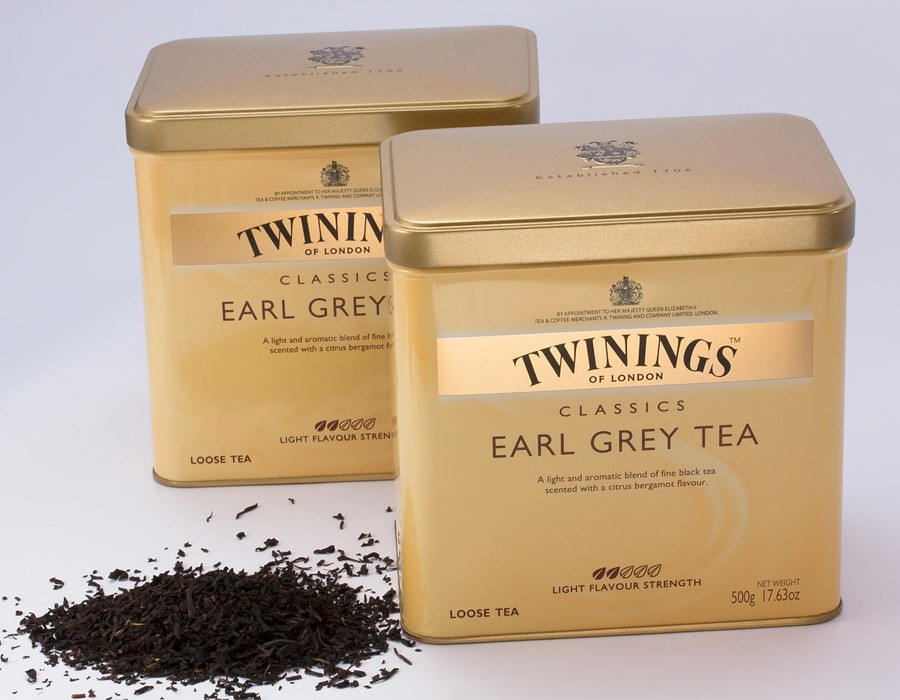 |
| Photo: Tra Xanh |
Earl Grey is so popular that it has spawned a number of similar teas. One of the most popular of these is Lady Grey, which is usually a blend of Earl Grey and blue cornflower blossoms.
Other popular Earl Grey variations include:
Russian Earl Grey: Earl Grey with pieces of citrus peel mixed in.
Decaf Earl Grey
Earl Red / Red Earl Grey / Earl Rooibos: A bergamot-flavored rooibos.
Earl Green: A bergamot-flavored green tea or, in some cases, a bergamot-flavored pouchong/baozhong.
Tea companies offer other stately names such as Mademoiselle Grey or Lord Grey. These are blended with spices, flowers (such as rose petals or lavender), or other ingredients.
You may see a drink called London fog at some coffee shops and tea shops. This is a tea latte made from Earl Grey, steamed milk, and vanilla syrup.
How to Make and Enjoy Earl GreyLike many black teas, Earl Grey is fairly easy to prepare. To brew Earl Grey tea, you'll need a teapot, some Earl Grey tea leaves, and quality water that is nearly boiling or at the boiling point. Some people prefer to pre-warm their teapot with hot water, which helps maintain the steeping temperature. To do this, simply pour boiling water into the teapot, wait a minute, and then discard the water. To Make Earl Grey:Use about one teaspoon of tea leaves (or one regular-sized teabag) per cup of hot water. Steep in boiling or near boiling water for four to five minutes, depending on the tea and your flavor preferences. Then, remove the tea leaves (or tea bag). Some people enjoy sugar and/or lemon in their Earl Grey. While it is not traditional to add milk to citrusy teas, some Americans also enjoy milk in their Earl Grey. Earl Grey tea is one of the preferred teas for afternoon tea. It pairs very well with many sweets, such as scones and Madeleine cakes. Earl Grey is also a great tea for brunch pairings. |
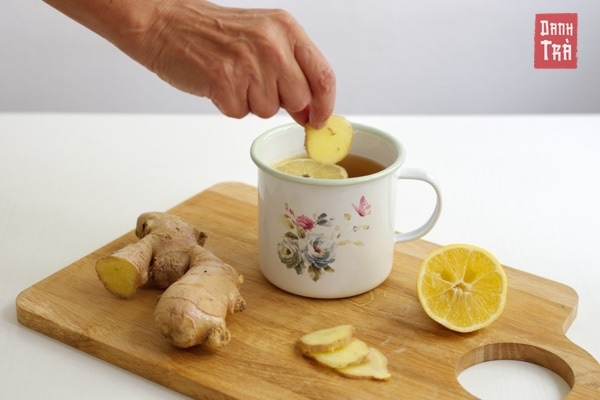 | 10 Herbal Teas for Health Problems Here are 10 herbal teas for 10 common health problems. All the teas are cheap, easy to buy and effective. |
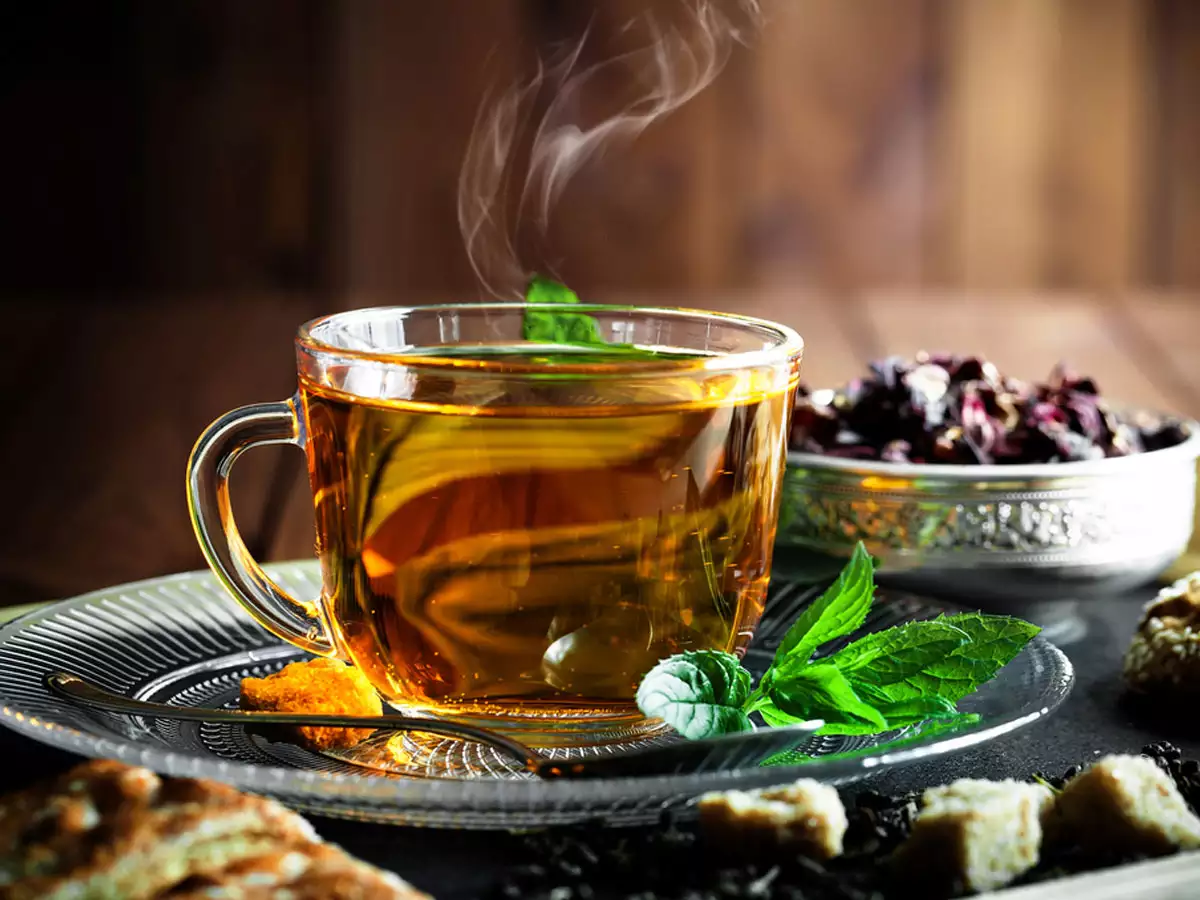 | The Origins and Positive Effects of Healthy Herbal Tea Herbal teas have been around for centuries and have been used for their various health benefits, making them a much sought after drink. |
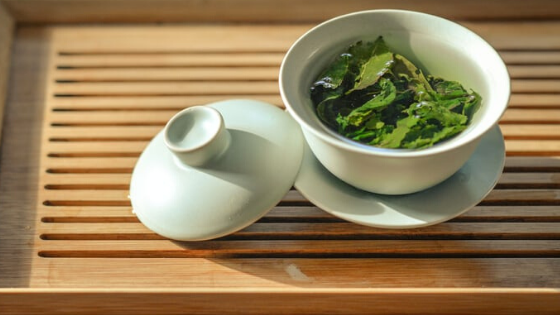 | Health Benefits of Herbal Teas Over the time, tea has proven to be one of the healthiest drinks in the world. With the right ingredients and methods, one can actually ... |
Recommended
 World
World
Pakistan NCRC report explores emerging child rights issues
 World
World
"India has right to defend herself against terror," says German Foreign Minister, endorses Op Sindoor
 World
World
‘We stand with India’: Japan, UAE back New Delhi over its global outreach against terror
 World
World
'Action Was Entirely Justifiable': Former US NSA John Bolton Backs India's Right After Pahalgam Attack
Popular article
 World
World
US, China Conclude Trade Talks with Positive Outcome
 World
World
Nifty, Sensex jumped more than 2% in opening as India-Pakistan tensions ease
 World
World
Easing of US-China Tariffs: Markets React Positively, Experts Remain Cautious
 World
World


